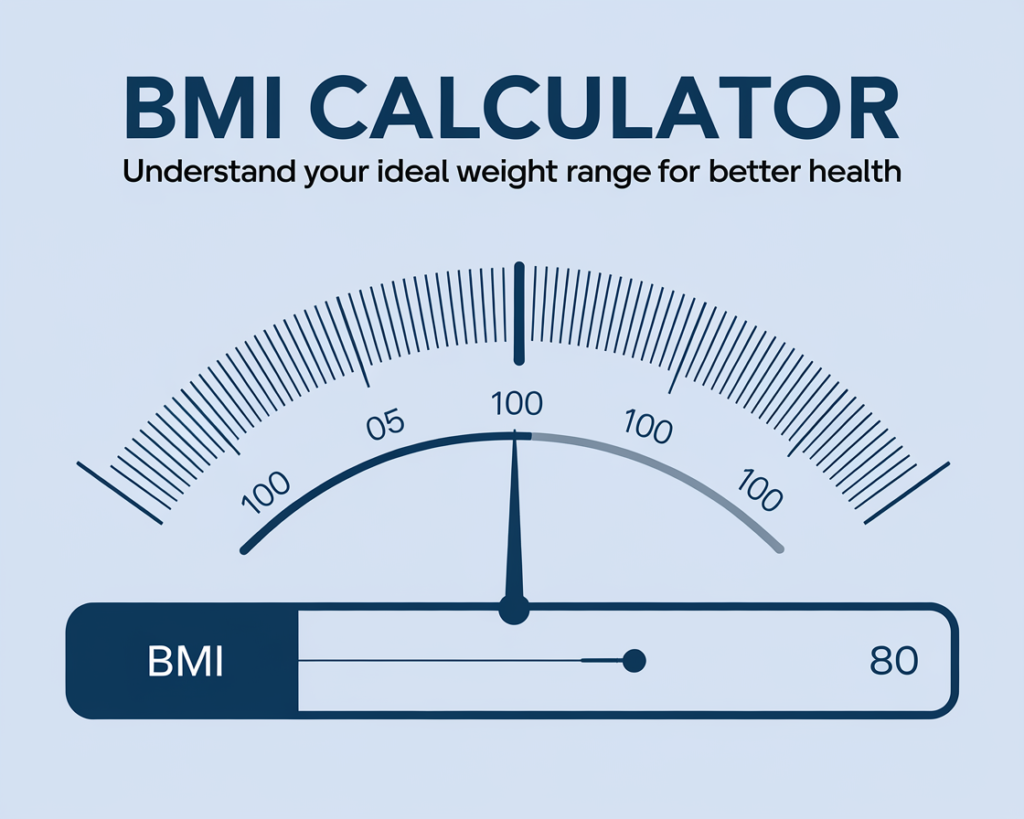Dog’s Ideal Weight With Calculator
Table Of Contents (Clickable)
How to Determine Your Dog’s Ideal Weight and Maintain Their Health
Keeping your dog at their ideal weight is essential for their health and longevity. Research indicates that maintaining an optimal body weight can extend your dog’s lifespan by nearly two years, offering them a better quality of life.
Dog Ideal Weight Calculator
Results
Health Tips:
Daily Activity Recommendations
Daily Calorie Requirements
Weight History
Disclaimer
This dog weight calculator is provided for educational and informational purposes only. The results and recommendations should not be considered as a substitute for professional veterinary advice, diagnosis, or treatment. Every dog is unique and may have specific health requirements that this calculator cannot account for.
Always consult with a qualified veterinarian about your dog’s specific dietary and health needs. The calculator’s results are estimates based on general breed standards and may not be accurate for all dogs, particularly those with special health conditions or mixed breeds.
By using this calculator, you acknowledge that the results are approximate guidelines and that you will seek professional veterinary care for proper medical advice.
Advertise Here
Want to reach pet owners and veterinary professionals? This space is available for advertising.
Contact us at: imranshouket172@gmail.com
Why Weight Matters for Dogs
A long-term study showed that overweight dogs tend to live shorter lives compared to their leaner counterparts. Achieving the right weight not only boosts your dog’s physical health but reduces the risk of serious conditions like diabetes, joint issues, and heart disease. Every pet parent’s goal should be a happy, healthy, and active dog.
How to Find Your Dog’s Ideal Weight
Purebred Dog Weight Ranges
Many breed organizations, like the AKC, provide weight ranges for purebred dogs. For example:
- Labrador Retriever: 65-80 pounds
- Beagle: 20-30 pounds
However, this approach isn’t foolproof because weight recommendations may vary depending on gender, genetics, and activity level.
Mixed Breed Dogs
If your dog is a mixed breed, pinpointing their ideal weight becomes tricky. There’s no universal reference for non-standard breeds like Goldendoodles or Puggles. Instead, focus on observing your dog’s body condition rather than specific numbers on the scale.
The Vet-Approved Method: Body Condition Score (BCS)
Veterinarians often rely on a scale called the Body Condition System (BCS). It uses visual assessments and touch to determine whether a dog is:
- Too Thin (BCS 1-3): Ribs and bones are easily noticeable; minimal fat.
- Ideal Weight (BCS 4-5): Well-proportioned; ribs are easily felt without excess fat.
- Too Heavy (BCS 6-9): Ribs are hard to feel; noticeable fat deposits.
Quick Steps to Measure Body Condition:
- Check the rib area with your hands. Can you feel the ribs with a slight fat covering, or are they deeply embedded in fat?
- Visually inspect your dog’s waistline from above. Does it curve inward slightly after the rib cage, or is it rounded?
- Observe the tummy tuck from the side view. Ideally, the belly should slope upward toward the hind legs.
Once you’ve determined a BCS of 4-5, weigh your dog to establish their ideal weight. Use this as a consistent reference point.
Maintaining the Ideal Weight for Longevity
Adjust Portion Sizes:
- Start feeding the recommended portion listed on your dog food packaging.
- Monitor your dog’s weight and body condition monthly.
- Gradually increase or decrease the food amount as needed.
Opt for Tailored Diets:
Many fresh dog food brands offer pre-measured portions customized to your dog’s size, activity level, and breed. These can make it easier to maintain their ideal weight.
Regular Activity:
An active lifestyle plays an essential role in maintaining your dog’s health. Daily walks, play sessions, and mental stimulation are just as crucial as proper diet.
Benefits of Ideal Weight
Keeping your dog’s weight in check does more than add years to their life. It improves mobility, boosts energy, and makes them less prone to age-related ailments. Simple, regular adjustments to their diet and exercise can have incredible long-term results.
Pro Tip: Monthly weigh-ins are a game-changer. Pair them with routine vet visits to keep track of your dog’s overall health.
By using tools like Body Condition Scores and paying close attention to your pet’s diet, exercise, and health changes, you can ensure your furry companion enjoys their best life possible.
Discover more from Online Calculators | Free Calculator Tools
Subscribe to get the latest posts sent to your email.



Pingback: Homemade Dog Food Recipes: Healthy, Easy Meals Your Pup Will Love - Imran Shaukat